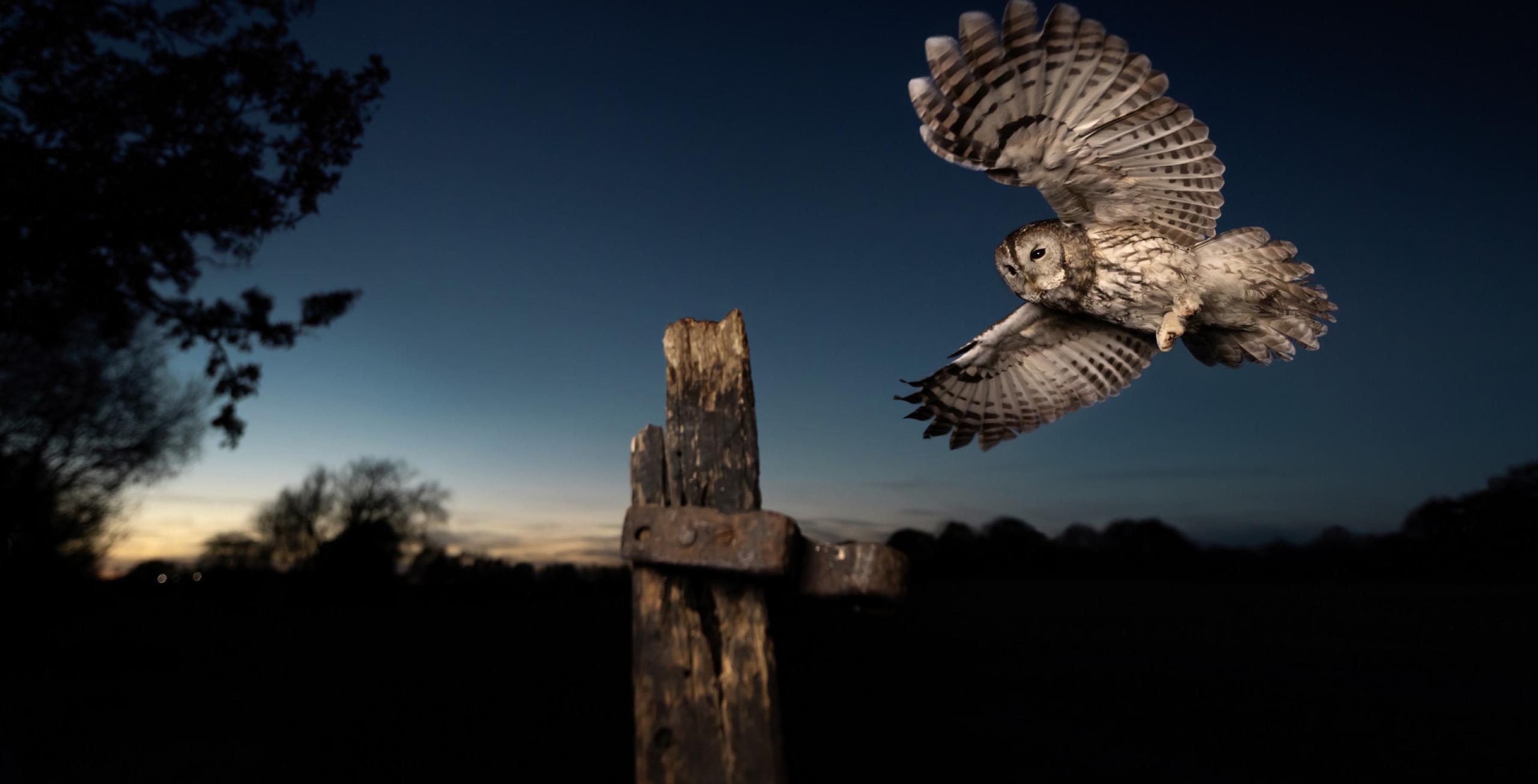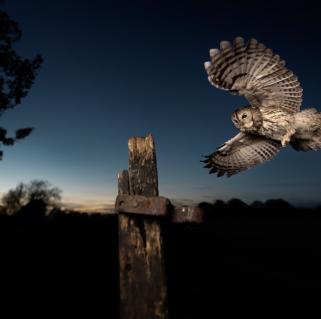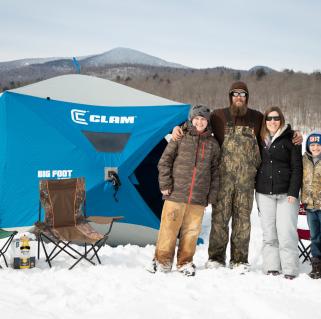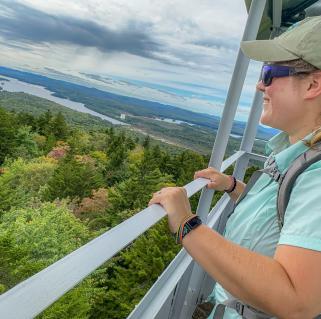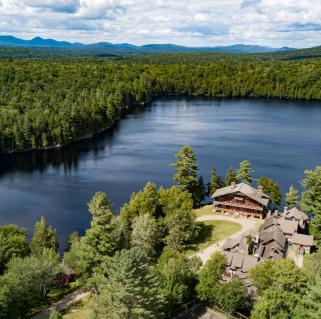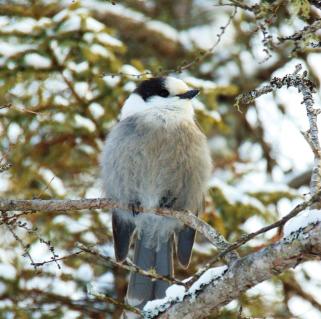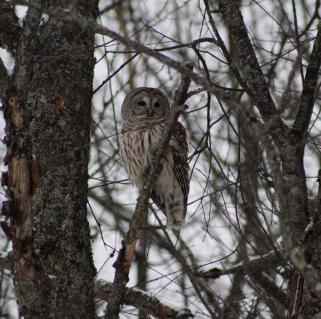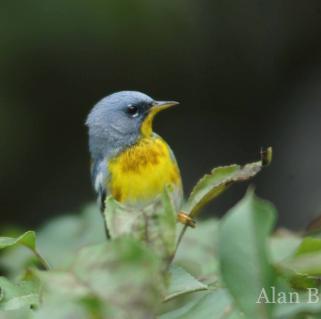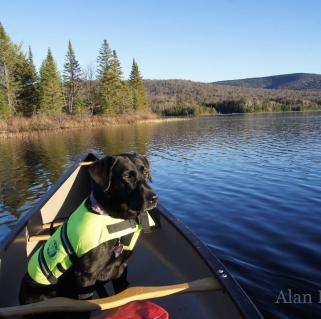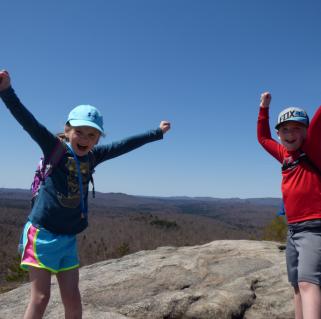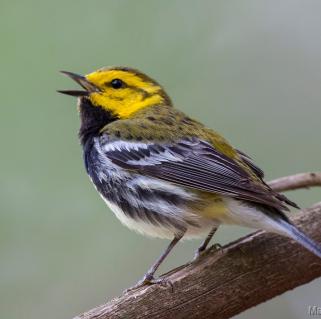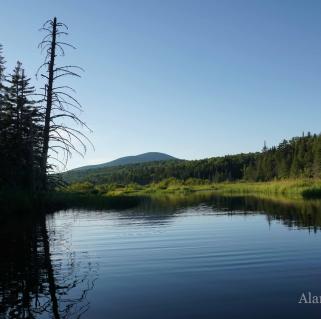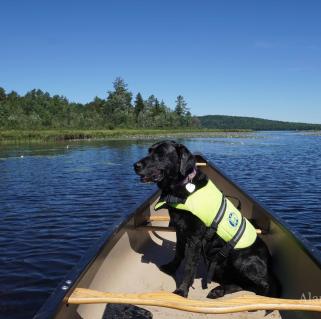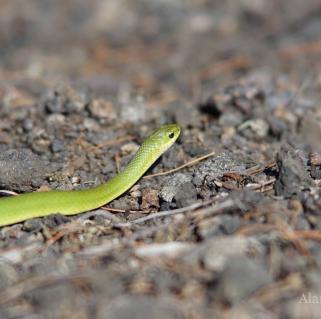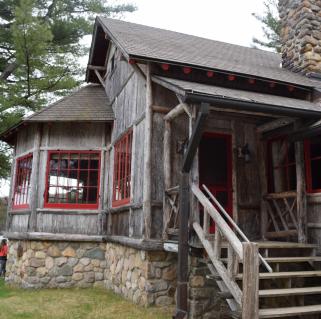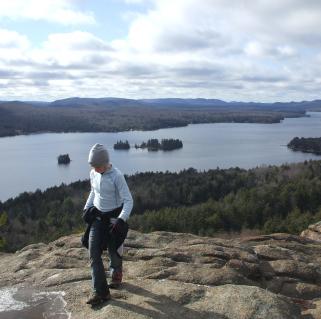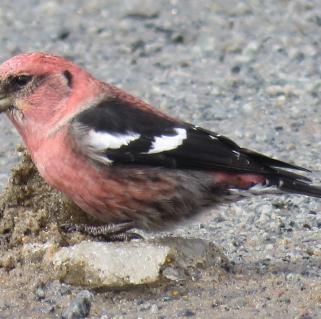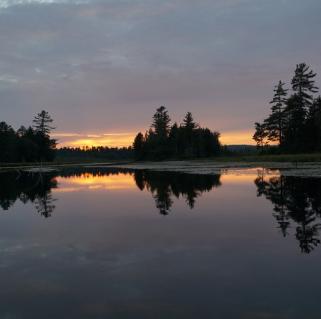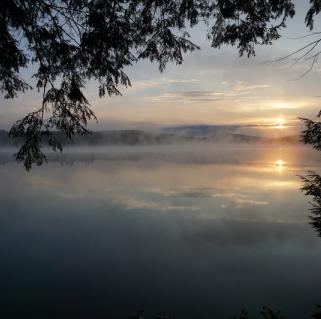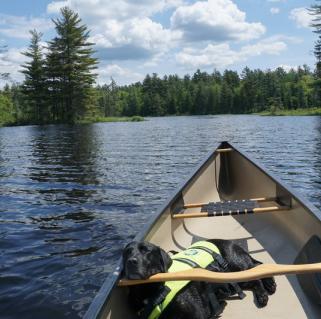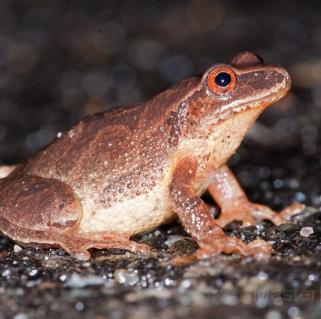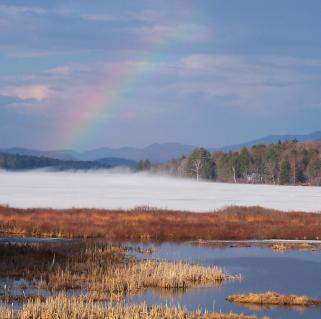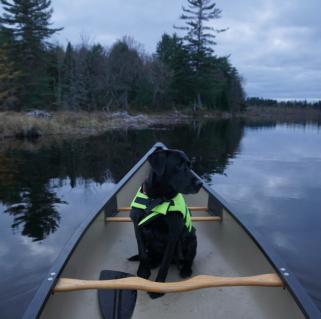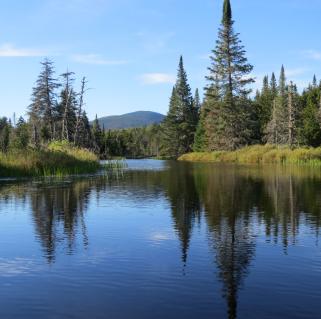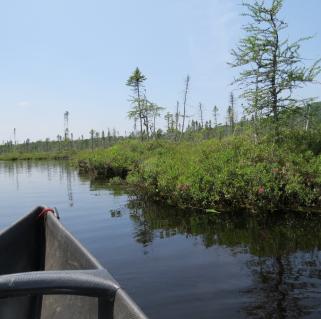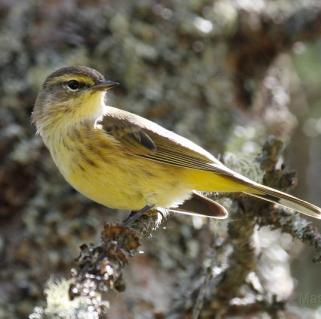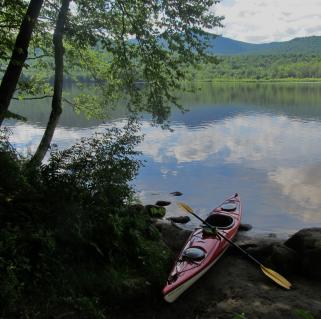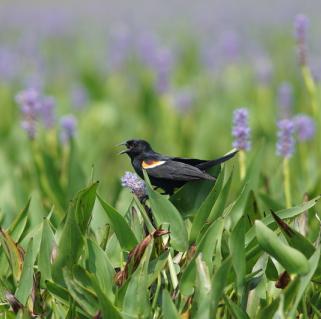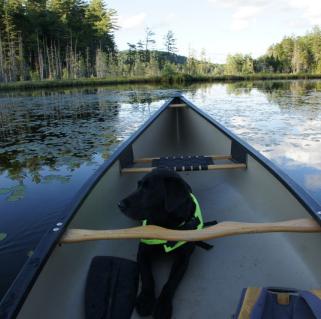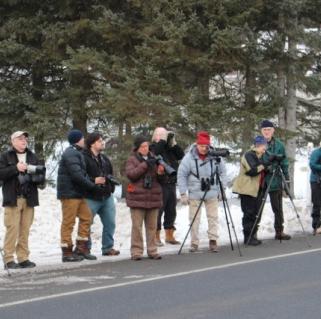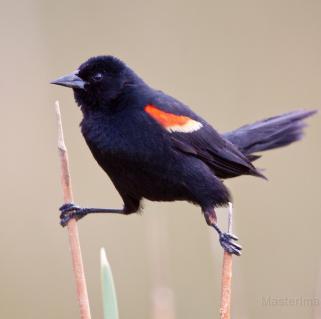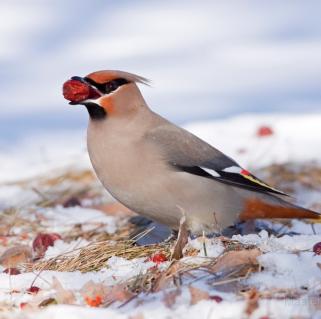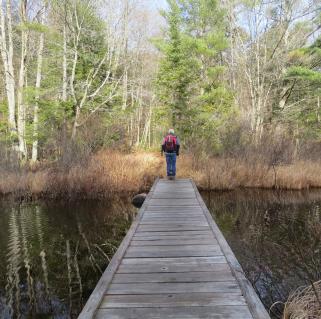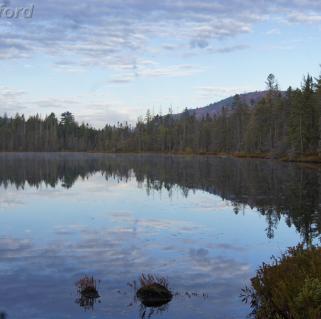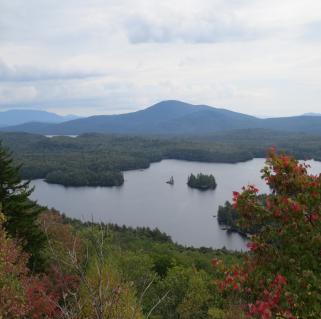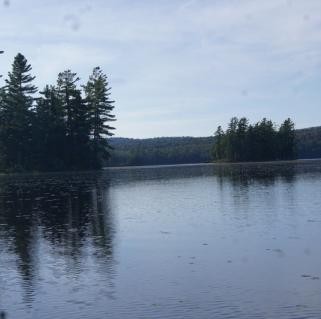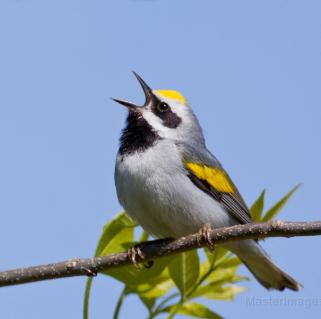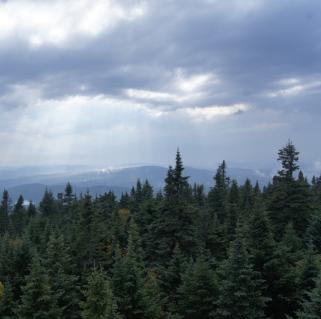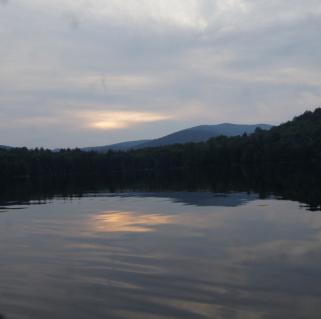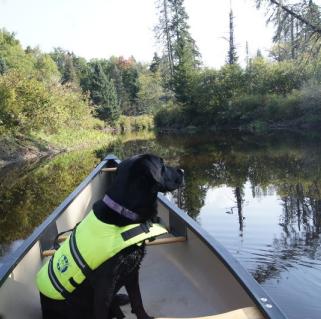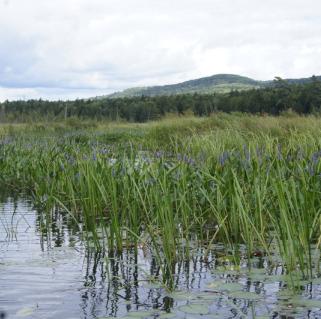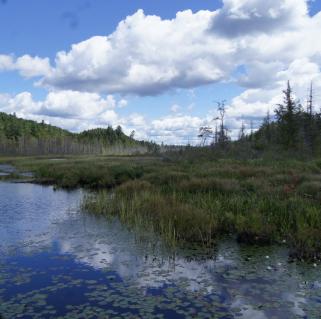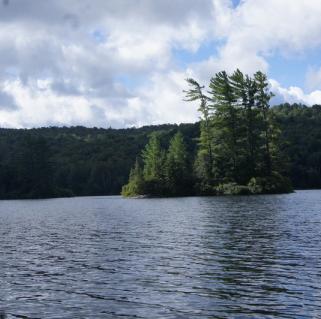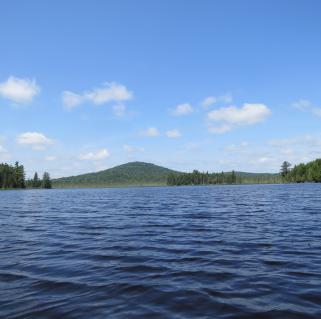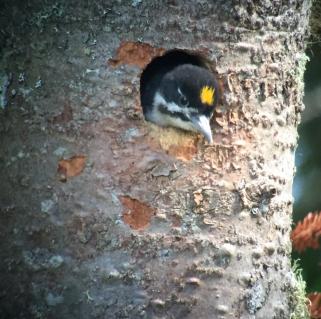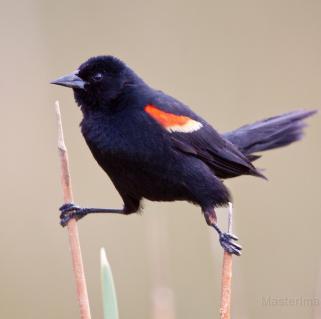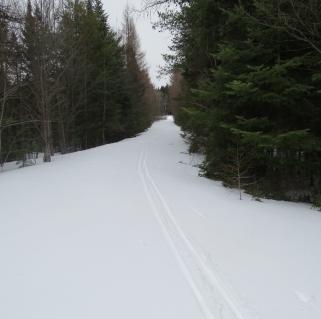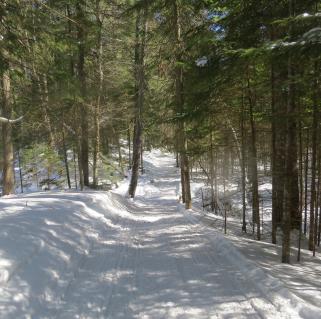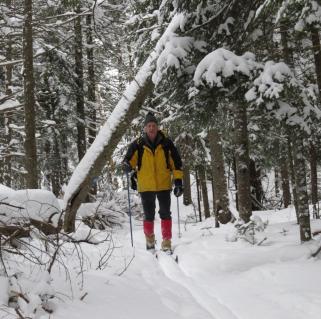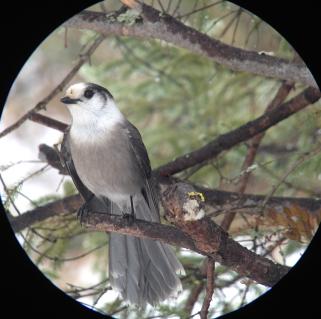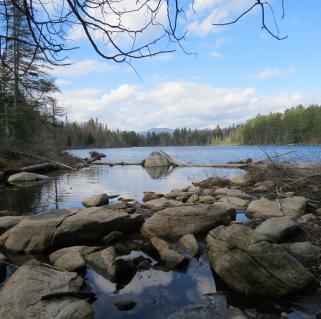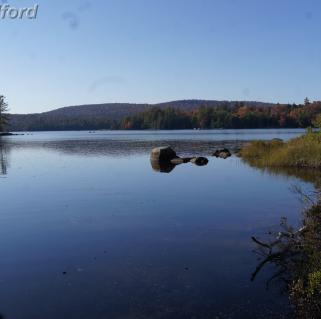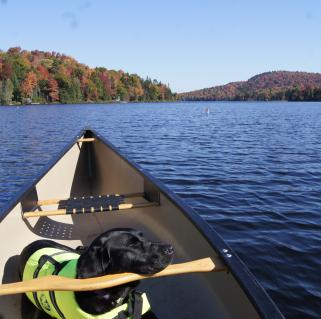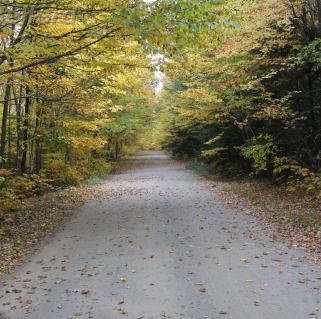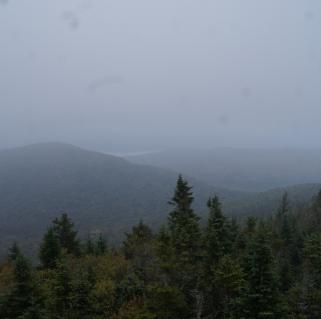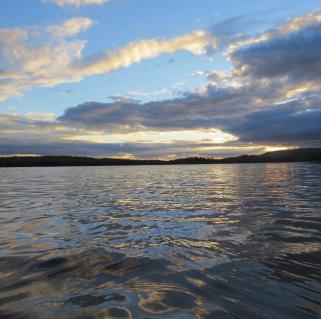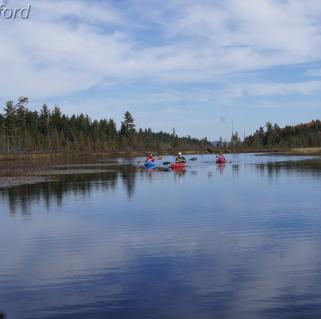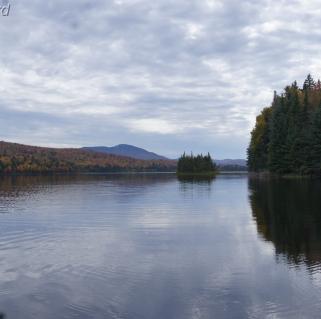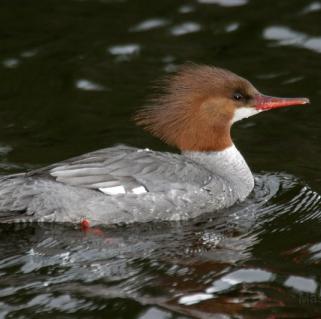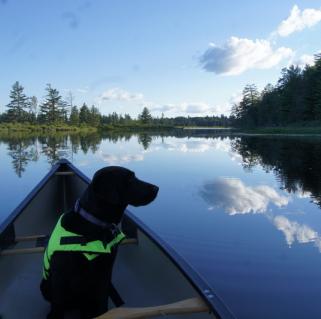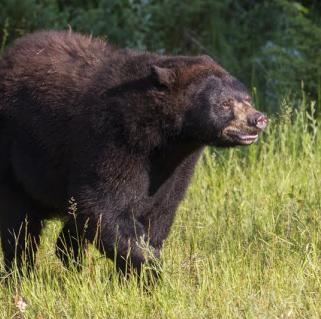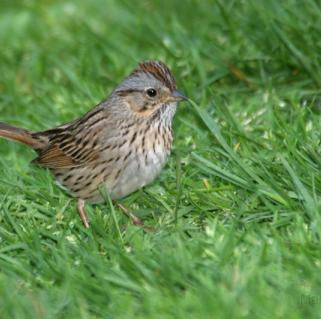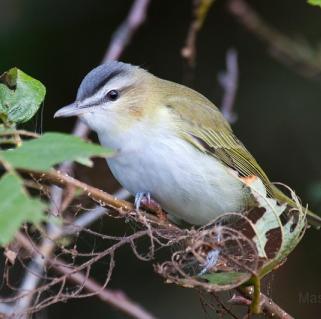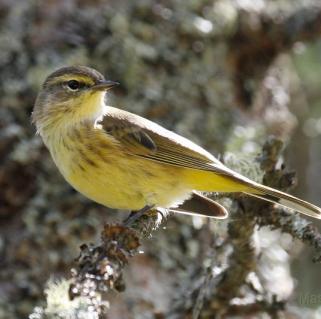Calling all night owls!
Literally and figuratively.
Birding is not just a daytime activity anymore. Once the sun goes down, the fun world of nocturnal birding is just beginning. All sorts of creatures are active at night, including our feathered friends. You might not hear wholesome chickadee-dee-dee calls around the clock, but here are some birds that you might hear around Hamilton County at night.
Barred Owl
Throughout the night (and even throughout the day), Barred Owls can be heard calling. These are the owls you’re probably most familiar with, sounding the famous who-cooks-for-you song. These owls like dense deciduous or mixed forests, and are commonly seen and heard around the Adirondacks.
- One location suggestion: Anywhere! Sagamore Road is one good option.
- Best times to hear singing: March, April, and early May
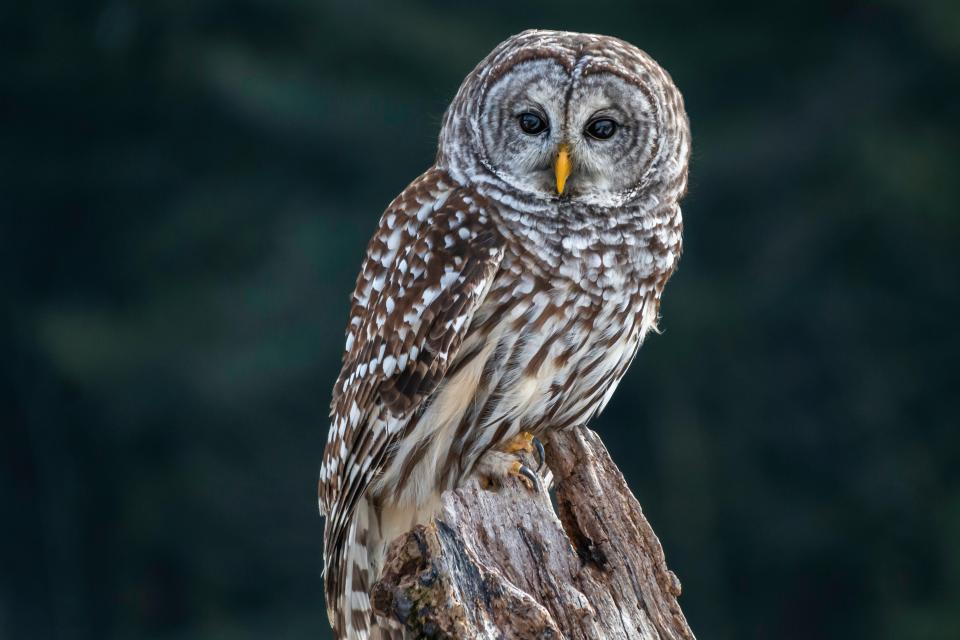
Northern Saw-whet Owl
These downright adorable little owls are easy to miss. Their size makes them hard to spot sometimes (usually they don’t weigh more than 5 oz.) and their preferred habitat is dense vegetation. These are forest birds! If you’re out in daylight, look for them hiding in trees (likely conifers) close to the trunk. The song of the Northern Saw-whet Owl is almost musical and whistle-like. A hurried too-too-too at roughly the same pitch at a rate of about 2 notes per second is a dead giveaway there’s a Northern Saw-whet nearby. Listen closely 2 hours after sunset for your best bet to hear one.
- One location suggestion: Ferd’s Bog
- Best times to hear singing: March, April, and early May
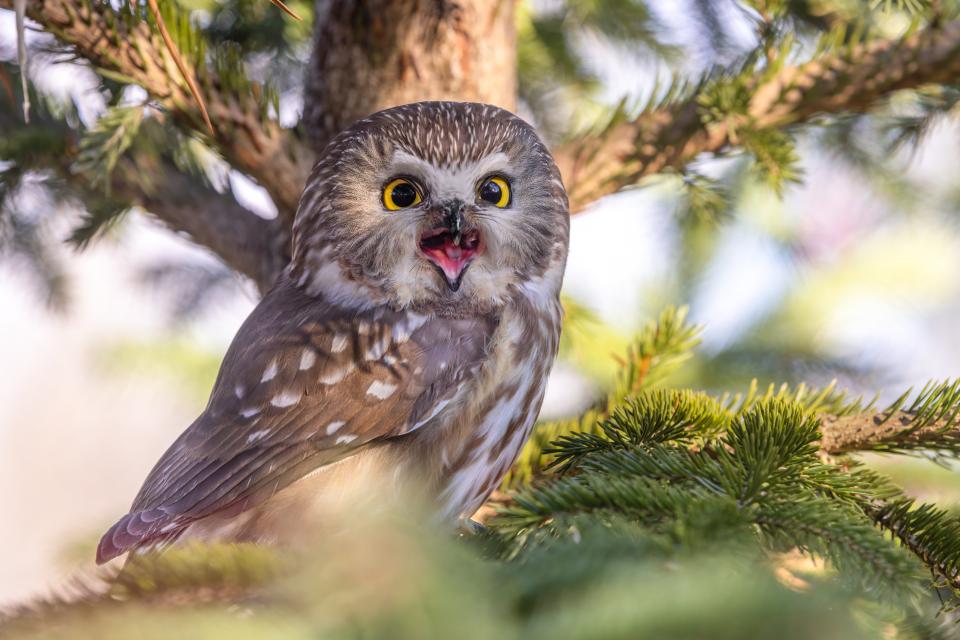
American Woodcock
The iconic calls of the American Woodcock are indeed a welcomed sign of spring in the Adirondacks. This is not an all-night event; woodcocks perform their courtship song and dance mostly during the civil twilight hours (approximately 45 minutes after sunset and 45 minutes before sunrise). Males make a very nasally sounding peent noise on the ground before taking to the sky, where they fly in big circles in hopes of attracting a nearby lady. On the way back to the ground, the males melodically chirp until their feet are back on solid Earth. During the day, look for fields and clearings near young forests or swamps; they need open spaces to perform their displays at twilight, but also don’t want to stray too far from cover.
- One location suggestion: Sacandaga Nature Trail
- Best times to hear singing: March, April, and early May
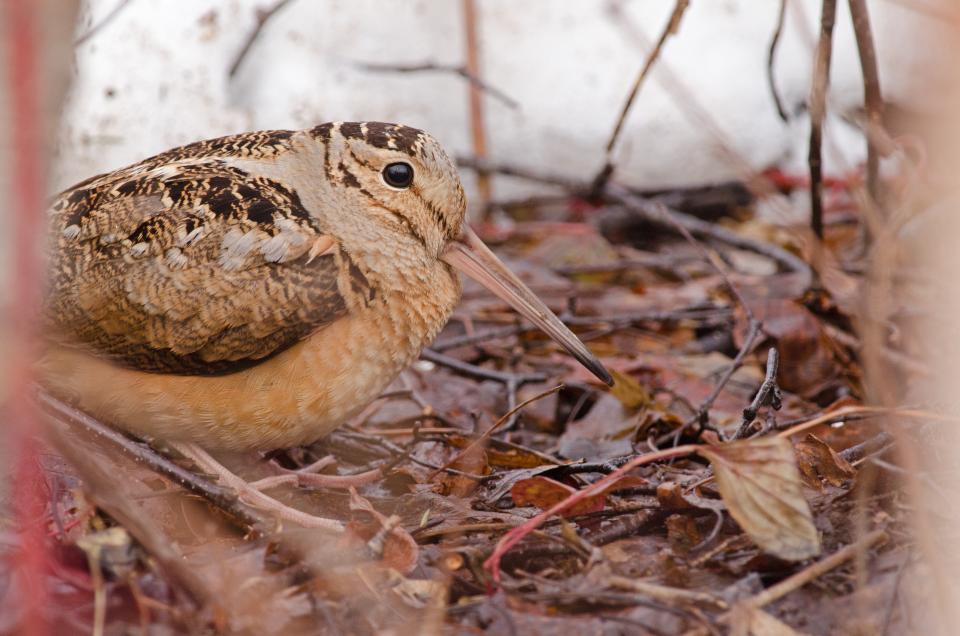
Pied-billed Grebe
These little birds make big sounds! Pied-billed Grebes live on flat or sluggish water; marshes and slow-moving wetlands are good places to see and hear them. These birds don’t have a preference for time of day to sing. They can be heard all night long! Listen for something that sounds like cow-cow-cow-cow, cow, cow, cowp, cowp, cowp that slows down at the end. Pied-billed Grebes are Threatened in New York state, so if you hear one, remember how lucky it is!
- One location suggestion: Cedar River Flow
- Best times to hear singing: May-July
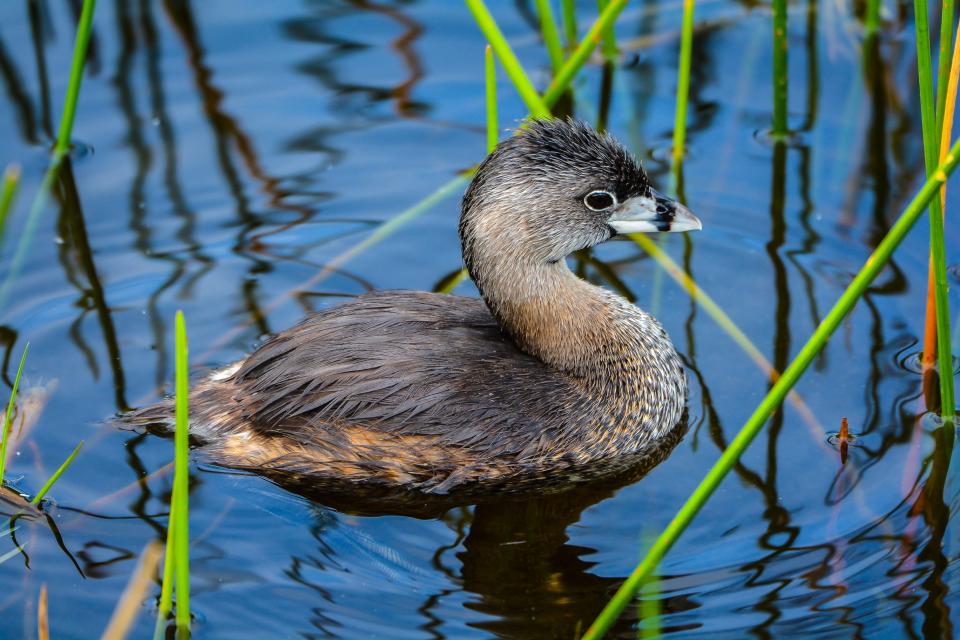
Virginia Rail
Another bird found in wetlands is the Virginia Rail. Even during daylight hours, these birds are very secretive, hiding in dense vegetation. However, their loud grunting (it sounds like a pig) is usually a clue one is near. Their song is more poetic, but almost has a stutter, like if your alarm clock was malfunctioning and making a tick-it noise. Virginia Rails are found in wetlands across the Adirondacks, but prefer patches with taller vegetation like cattails.
- One location suggestion: Lake Durant
- Best times to hear singing: May-July
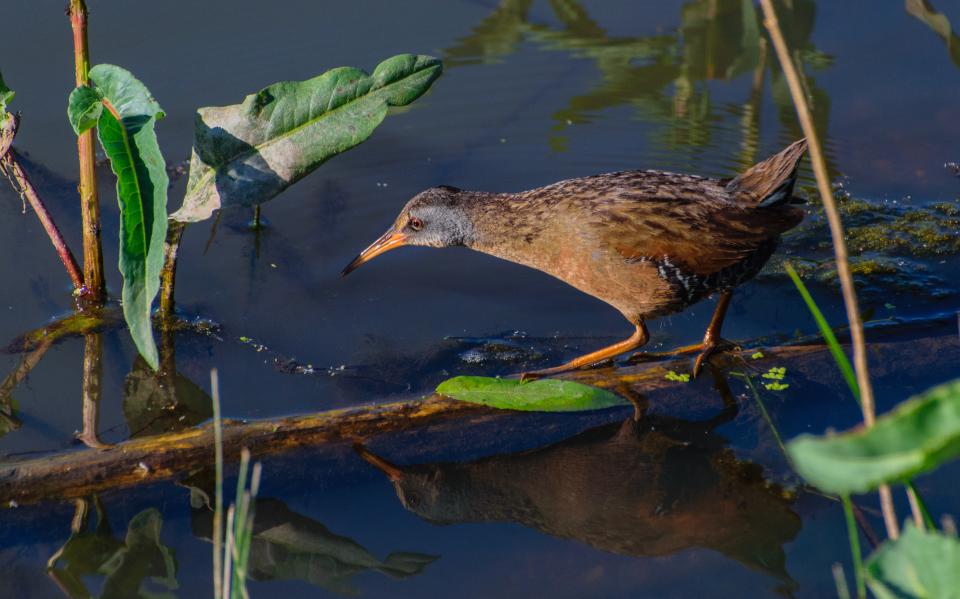
American Bittern
If daylight is on your side, you still might miss seeing the American Bittern. These wading birds stand motionless until they find a yummy looking insect. Hearing an American Bittern at night is truly an odd experience, their loud, weird songs echoing across a wetland. Think liquid trying to take a gulp, or a giant boulder being thrown into water. Honestly, the song is so bizarre it’s hard to describe. It’s described as a pump-er-lunk sound. On clear nights, American Bitterns call more than on cloudy ones, so get out there to look at stars and listen to this odd bird also known as the “thunder pumper.”
- One location suggestion: Sabattis Circle Road
- Best times to hear singing: May-July
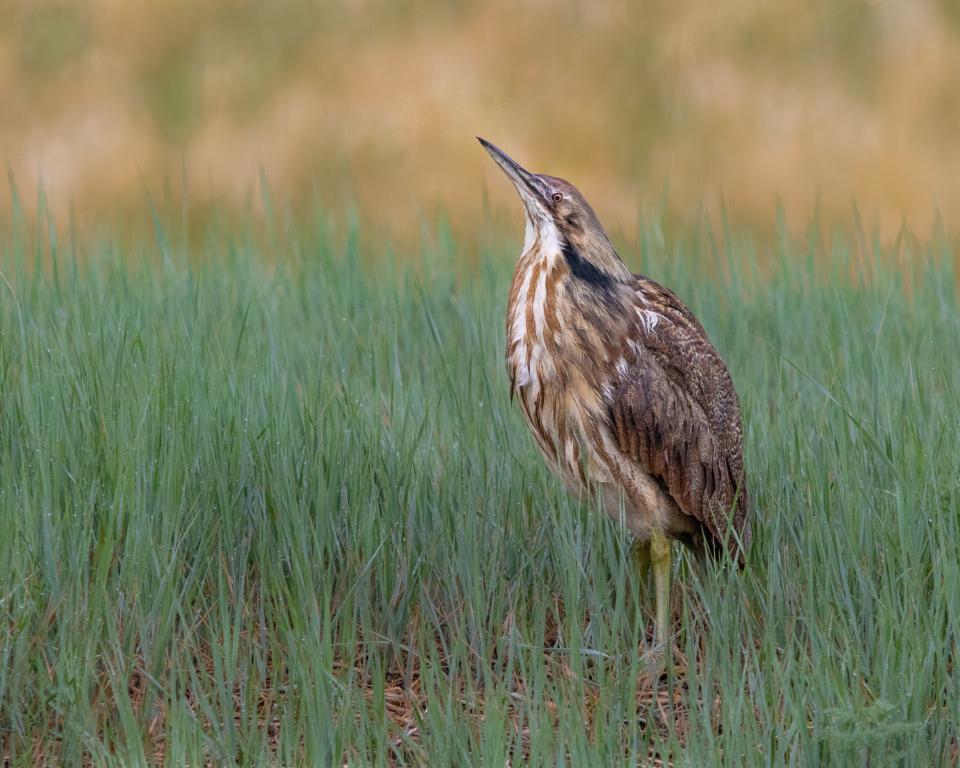
Wilson’s Snipe
Another strange sound you could hear while night birding is the eerie winnowing of the Wilson’s Snipe. This bird lives in habitats similar to the American Woodcock, and even looks slightly similar and also does a courtship song and dance. But its song is remarkably different. You might even hear both an American Woodcock and Wilson’s Snipe singing at the same time, in the same location!
- One location suggestion: Powley Road
- Best times to hear singing: March, April, and early May
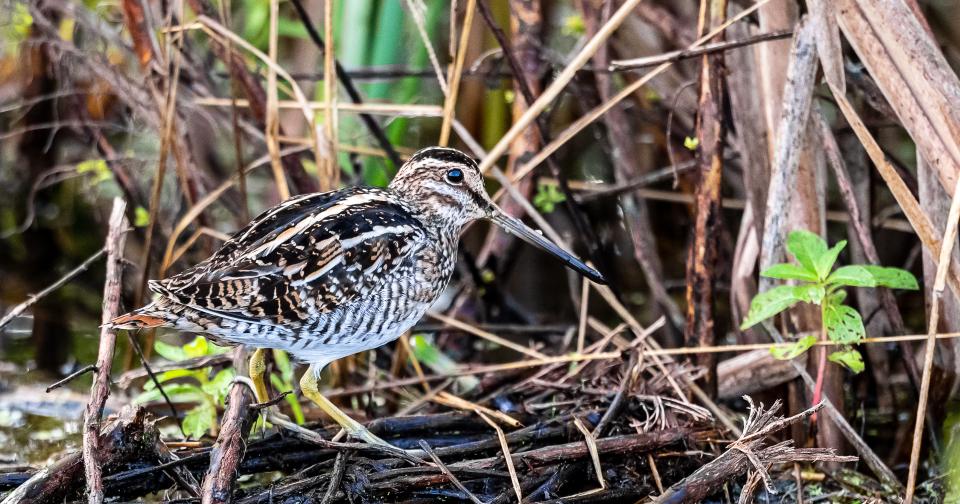
Whooo else is out there?
Now, this isn’t a complete list of birds who make noise at night. Other species reported in Hamilton County that have a nocturnal presence are: Great Horned Owl, Eastern Screech Owl, Common Nighthawk, and Eastern Whip-poor-will. Also, during spring and fall migration times, it’s likely you could hear the flight calls of many migrating songbirds who make their long journeys at night.
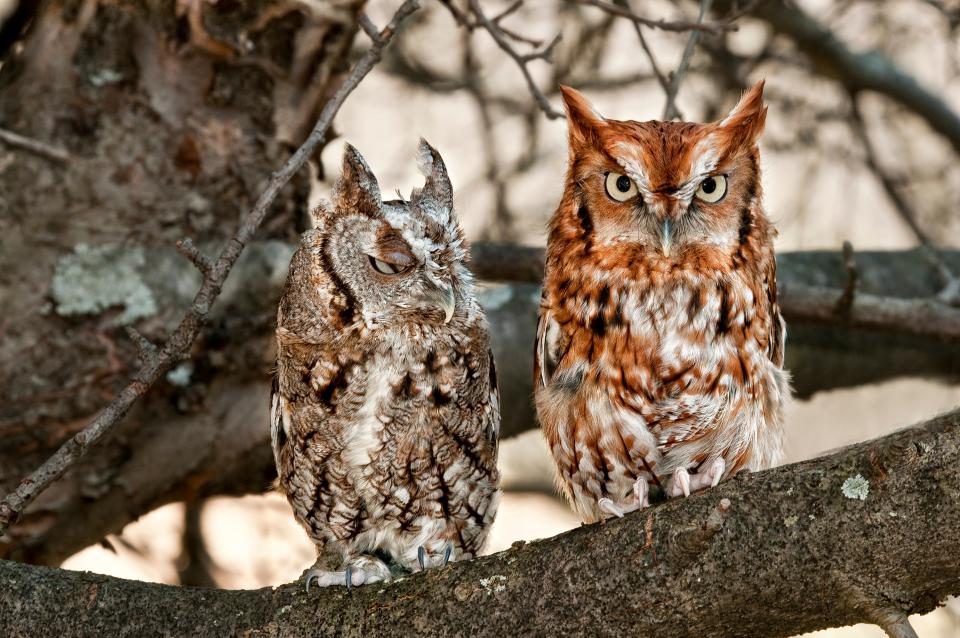
Things to keep in mind
Of course, the most notable difference between nocturnal birding and daytime is that you can’t see the birds! It’s all about knowing what you are listening for. The best way to prepare for nocturnal birding is to listen to bird songs at home before you head out. The Merlin app and or the Cornell Lab of Ornithology's All About Birds website are both great resources to learn about all birds of the world!
Being out in the dark poses different challenges than may be experienced in light. Remember, your safety is important! Have headlamps at the ready and if you’re staying roadside, make sure you are visible to traffic. If you’re visiting new locations, hike them during the day so you know what the habitat is and what access and parking is like.
Day or night, there is no shortage of new adventures to be had in Hamilton County. But before you retreat back to your nest after a night of birding, be sure to grab some breakfast! The early bird gets the worm.

